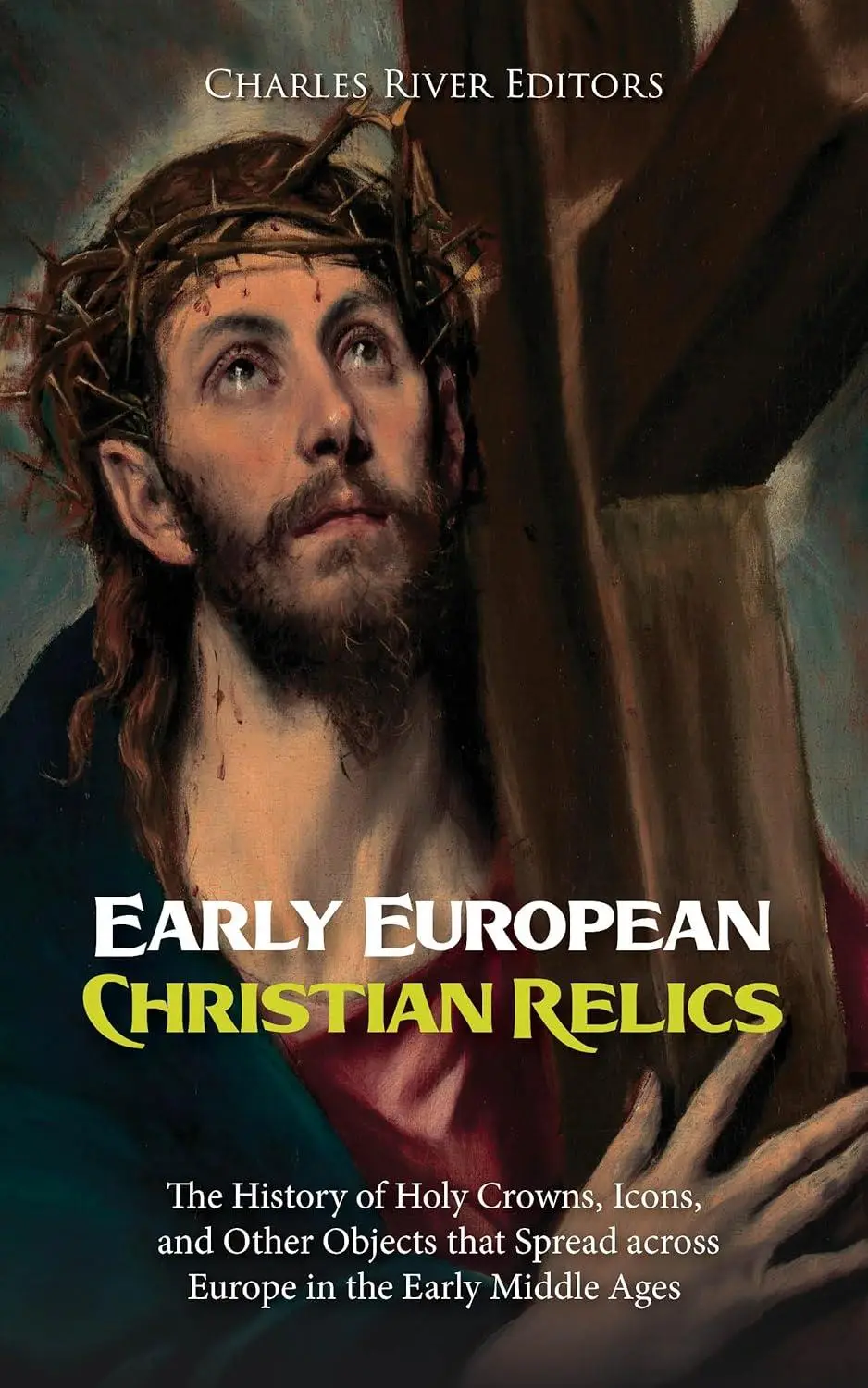Early European Christian Relics: The History of Holy Crowns, Icons, and Other Objects that Spread across Europe in the Early Middle Ages by Charles River Editors
English | October 1, 2023 | ISBN: N/A | ASIN: B0CK92CYM5 | 75 pages | EPUB | 6.02 Mb
English | October 1, 2023 | ISBN: N/A | ASIN: B0CK92CYM5 | 75 pages | EPUB | 6.02 Mb
That Jesus of Nazareth was crucified is the closest to a historical fact anyone can say about him. Biblical scholars have spent centuries debating the details of what Jesus did and said, but this crude fact - that Jesus suffered capital punishment at the hands of the Roman authority by crucifixion - is accepted by the overwhelming majority of scholars. That there once was a cross where Jesus suffered and died is, therefore, the sequential logical affirmation.
Jesus’s destiny was not uncommon. Indeed, many other Jews perished were nailed to a wooden cross on the outskirts of Jerusalem (thousands, according to the historian Josephus, who was an eyewitness to the great Jewish revolt against Rome). The cross, a symbol of failure and shame for those who died on it and their families, was considered, from the dawn of Christianity, as the climactic moment in the career of its Messiah: His crucifixion and the ascension to His throne as the true king of the Jews. Hence, once the persecution against Christianity was over, and after enough time had passed, those who were interested began to search for the truth in the evidence.
In many respects, none of this should be surprising because holy relics can be found in many different religions, whether Christian, pagan, Hindu, or Buddhist. A relic is defined as something directly associated with a revered saint, teacher, ancestor, or some miraculous manifestation of deity in the material world. A relic and a reliquary are two types of sacramental tools. A reliquary is a container or box for a relic, allowing it to be displayed to the public and thus transfer its powers to magical and liturgical works. There is another definition of a relic: anything that would be a miraculous manifestation of a deity in the material world. In Christianity, there are countless numbers of relics, most of them being associated with Jesus Christ.
In the early years of Christianity, it was forbidden to move and share the remains of saints and martyrs, and they were protected so that their final resting places, such as catacombs and cemeteries, remained intact. The earliest recorded Christian relics, specifically the bones and ashes of martyrs, date from the 2nd century. 200 years later, St. Ambrose and others set out to dig up the corpses and honor them. At that time, it was considered that every holy body could be dismembered and divided among the faithful to worship it. The remains of corpses sometimes came into someone else's hands as a gift, and sometimes they were stolen. At one point, the demand for holy bodies was such that bodyguards were assigned to dying saints to prevent their bodies from being dismembered after death.
The veneration of the relics of saints was so common among the faithful because they believed saints in Heaven interceded for believers on Earth. As a result, numerous healings and miracles were attributed to the relics, and many stories and myths about miracles arose from these beliefs. By word of mouth, the stories spread among the faithful, and finally, they were recorded in books of hagiographies such as The Golden Legend by Jacobus de Voragine. Inevitably, the demand for relics grew with the popularization of stories about their miracles, so a rich trade in relics developed indirectly.
The use of relics, perhaps the greatest superstition, reveals the deception and inconsistency that Christians have been subjected to for centuries. Parts of the True Cross were among the most worshipped relics, but there were so many of them scattered across Europe and other parts of the world that Calvin once joked that if all the pieces were collected, they would form a shipload, despite the fact the cross was only large enough that one person could carry it. To get around this conundrum, figures like St. Paulinus spoke of the reintegration of the cross, in other words claiming that the cross never diminished, no matter how many pieces were broken off from it.



